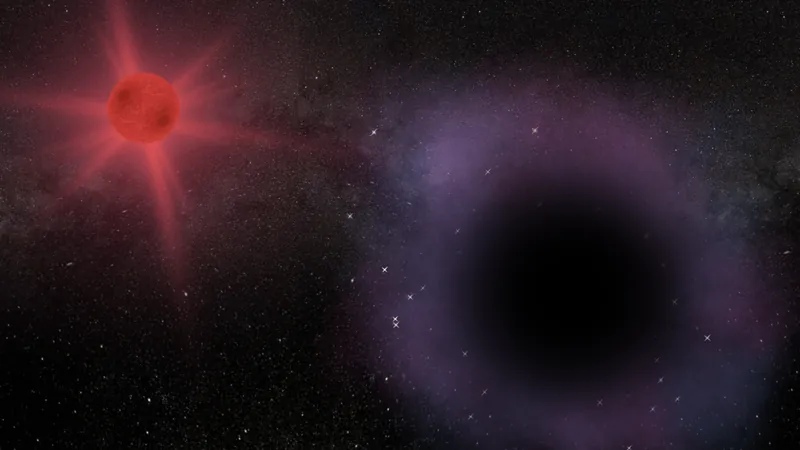
Breakthrough Discovery: Ubiquitous Submicroscopic Magnetite Found in Lunar Regolith!
2024-09-25
Introduction
In an exciting development, a research team led by scientists Li Yang and Cao Zhi from the Institute of Geochemistry at the Chinese Academy of Sciences has made a groundbreaking revelation: submicroscopic magnetite particles are not just rare anomalies on the Moon, but rather a common feature across the lunar surface, particularly in regions rich in titanium (Ti). This newfound understanding significantly enhances our knowledge of the Moon's microscale oxidation environment.
Research Techniques
The researchers employed in-situ electron microanalysis techniques to examine rounded, iron-sulfide grains encased in impact glasses from the Chang’e-5 lunar soil sample. Their analyses successfully identified that these impact-induced submicroscopic magnetite particles are widespread in the lunar regolith and their prevalence is directly correlated with the Ti content found in specific regions.
Significance of Magnetite
Magnetite, which plays a crucial role in planetary science, is not only associated with past magnetic fields but is also a potential indicator of life. Historically, it has been perceived as a rare mineral on the generally reduced surface of the Moon, making this discovery particularly significant.
Previous Studies
Previous studies, including those using Mössbauer spectroscopy and electron spin resonance (ESR), had suggested the presence of magnetite-like phases within Apollo lunar soils. However, they lacked robust mineralogical evidence to confirm their existence or distribution on the Moon. Li and Cao's study bridges that gap, demonstrating that a significant number of submicroscopic magnetite particles exist within the iron-sulfide grains, correlating their abundance with the Ti content in the nearby impact glass.
Formation Process
To explain the formation process of these magnetite particles, the researchers referenced the eutectoid reaction mechanism — essentially, the transformation leading to the creation of magnetite during impact events. Their statistical analysis revealed that out of 200 glassy grains examined, seven contained droplet-like iron-sulfide grains with detectable magnetite on their surfaces.
Conclusion
"This finding serves as in-situ mineralogical proof for the magnetite-like phases we suspected were present during the Apollo missions," stated Li Yang. He emphasized that this evidence substantiates the theory that submicroscopic magnetite may be prevalent throughout the lunar regolith, specifically in the titanium-rich areas.
Published Research
Published on September 20 in the esteemed journal *Science Advances*, the implications of this study can be monumental. The identification of these ferromagnetic minerals reinforces the idea that lunar surface magnetic anomalies might be induced by impact events, paving the way for breakthroughs not only in lunar geology but also in our understanding of the Moon's complex history.
Future Implications
Could this discovery reshape our approach to exploring lunar mineralogy and inform future missions? The potential for further research is indeed exciting! Keep your eyes peeled for more revelations in lunar studies!


 Brasil (PT)
Brasil (PT)
 Canada (EN)
Canada (EN)
 Chile (ES)
Chile (ES)
 España (ES)
España (ES)
 France (FR)
France (FR)
 Hong Kong (EN)
Hong Kong (EN)
 Italia (IT)
Italia (IT)
 日本 (JA)
日本 (JA)
 Magyarország (HU)
Magyarország (HU)
 Norge (NO)
Norge (NO)
 Polska (PL)
Polska (PL)
 Schweiz (DE)
Schweiz (DE)
 Singapore (EN)
Singapore (EN)
 Sverige (SV)
Sverige (SV)
 Suomi (FI)
Suomi (FI)
 Türkiye (TR)
Türkiye (TR)